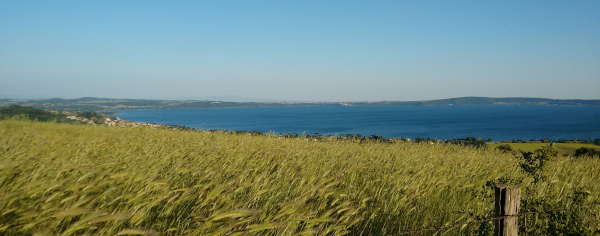Agronomical practices to reduce the risk of Rosy apple aphid (Dysaphis plantaginea) occurrence in organic fruit production (Biofruitnet Practice Abstract)
Rosy apple aphid causes leaf crumple, hinders shoot development, and leads to deformed, small, unmarketable fruits. Honeydew production also causes the development of saprophytic fungi.
Correct agronomical management such as optimal nitrogen (N) fertilisation, irrigation, pruning, and control of the secondary host of the aphid can reduce the incidence of the pest.



